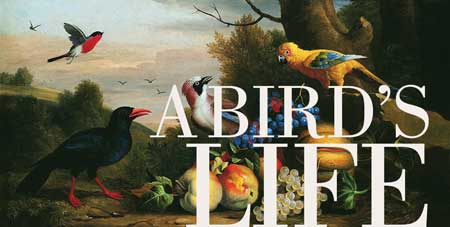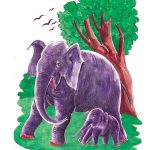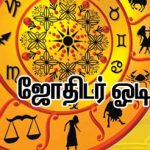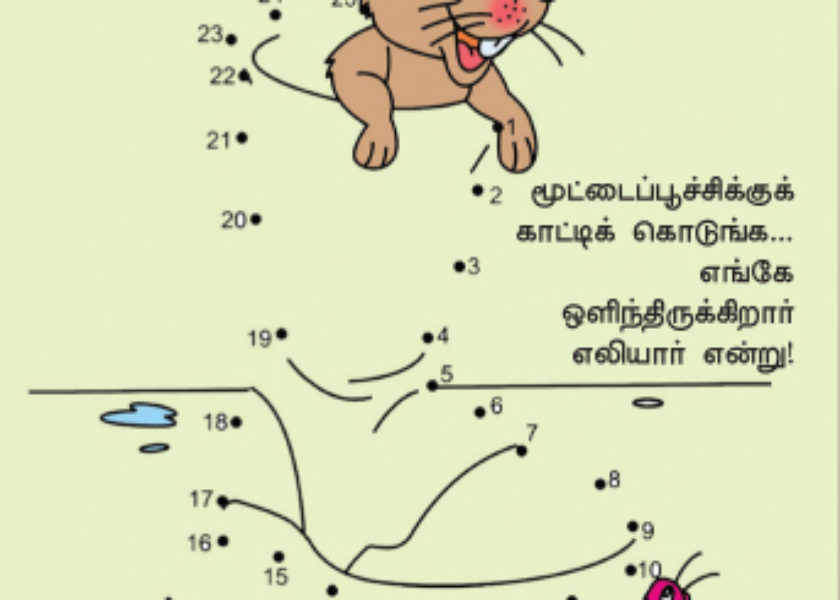A BIRDS’S LIFE

Birds are warm-blooded and they lay eggs. Their bodies are covered with feathers
and they have wings. Feathers have three functions: flight, temperature
regulation and display. Most birds have hollow main bones with air sacs in them. This makes them lighter and makes their flight easier.
Birds have two legs which are often covered with scales (small, flat, plates which overlap in the same way as feathers). They have a hard beak with no teeth.
Because Birds keep a high body temperature, they use lots of energy. So, they need to eat more food compared to their weight. More than 9000 different species of birds are known so far.
Birds are found in every continent of the world. Birds of different types can live in freezing cold environments, and others can live in hot deserts. Birds live in forests, in grasslands, on cliffs, in river banks, on stony sea shores, down the mine shafts and in the roofs of houses.
Birds eat different types of foods. Most birds are carnivorous, meaning they eat flesh, at least some of the time. Many birds live on insects or fish. Some eat small reptiles and mice. Birds of prey eat mammals and other birds. Some birds are scavengers and eat the bodies of creatures that have died. Many birds such as parrots and finches live on seeds and fruits. Some birds eat mainly seeds feed their young on insects. A few types of birds eat green plants but only one species lives on leaves. Humming birds and Honey eaters live on the nectar or honey in flowers.
Birds come in many sizes from the bee humming bird that is only 60 mm long to the ostrich which stands 2.5 meters high. The bird with the widest wing span is the Wandering Albatross, many of which measures 3 meters tip to tip.
All this applies to living birds. Birds are the descendants of dinosaurs, and the early birds looked much like small carnivorous dinosaurs. Much is now known about the origin of birds. From fossils, we know that these dinosaurs had feathers, and early birds had teeth.
– R. Archanaa,
IX- Std, PCMMHSS







